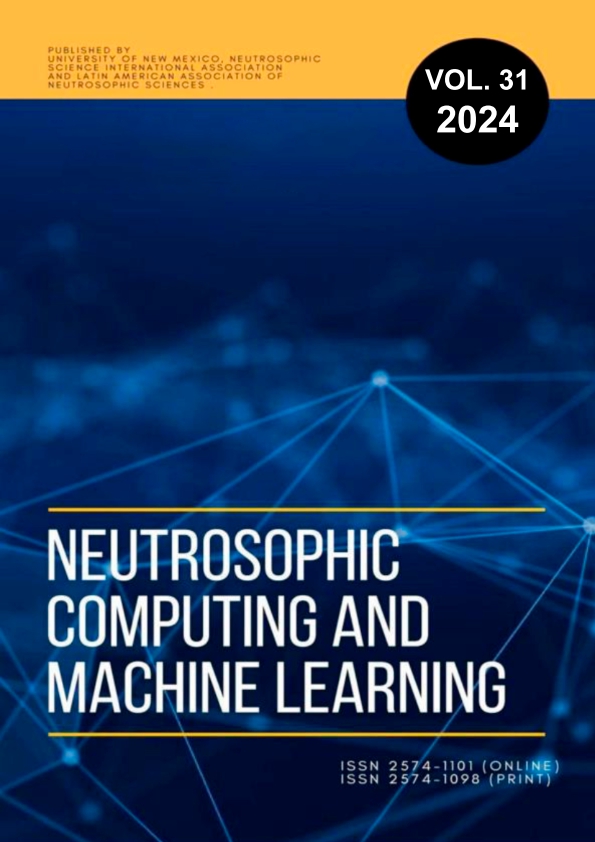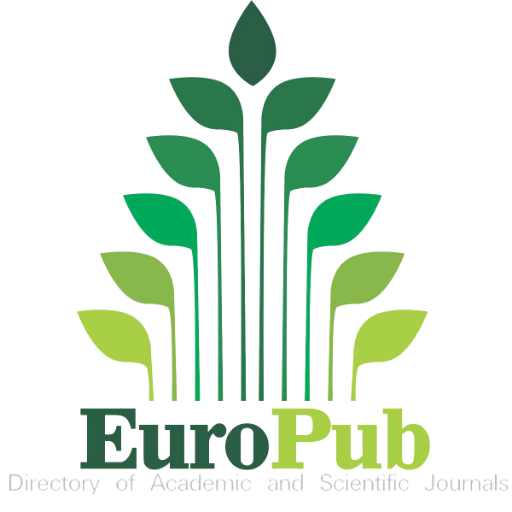Neutrosophic method for determining the prevalence of apical perforation sealing with Biodentine® and MTA
Keywords:
Expert judgment, Delphi, root canal treatment, mineral trioxide aggregate, tricalcium silicate, tooth apexAbstract
An apical perforation is an abnormal communication between the canals and the external surface of the tooth of an iatrogenic or pathological nature. The use of Biodentine® and MTA are an example of how technology can intervene in accident management. The objective of this research is to develop a neutrosophic method using expert criteria to determine the prevalence and clinical results between Tricalcium Silicate (Biodentine®) and MTA. Based on the results obtained with the implementation of the neutrosophic method, both Biodentine® and MTA are materials used for the repair of apical perforations that have fulfilled their function. However, Biodentine® has proven to be better than MTA when it comes to application, handling and exposure time. The results indicate that Biodentine® is a novel material with properties that facilitate the operator's manipulation in difficult-to-access media, and allows correct therapeutics to be achieved in short periods of time, while MTA is a good material that helps with long-term recovery process.





















